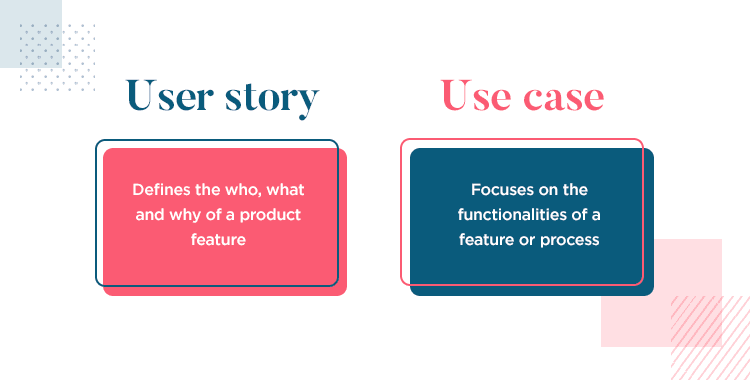One of the most important principles of Agile is: “People and their interaction are more important than processes and tools”. This doesn’t mean that the latter are not important, the essence of this statement is as follows – they can easily be changed and adjusted to meet your needs.
People in this principle are not only team members and stakeholders. They are also users of the product the team is working on. To make the product useful and user-friendly, the team should change the angle. User Stories can help you with this.
What Are User Stories?
User stories are descriptions of how an item or feature works, written from a user’s point of view and written in simple, informal language. This tool helps the team make the product more user-centric, regardless of the company it’s created for. This makes User Stories a fantastic choice for both more technological projects, like a bookmaker online website or Netflix, and more old-fashioned ones, like a bookstore looking for a new audience.
The main value of user stories is the succinct and clear description of the purpose of the desired feature. After reading the text of the story, all team members should have an understanding of why the user needs the feature and how it should approximately work.
Why Introduce User Stories?
User stories have a number of advantages for Agile projects:
- Stories are written in an easy-to-understand language and are understood by all team members, regardless of their task within the project.
- They unite team members, encouraging the joint search for creative, non-standard solutions.
- Simplify the understanding of what the client wants.
- Focus on articulating the user experience the project needs.
- Help break down big innovations into smaller chunks.
- Closed user stories allow the team to constantly see progress and inspire further work.
In their wording, user stories outline what the team needs to do to make them happen.
How to Write a User Story
- Define exactly what the completed story will look like. Usually, user stories are considered ready at the moment when the user has obtained the desired result – completed a task or achieved a goal.
- Mark the steps required to work on the story, document any necessary details, and assign a person to be responsible for each step.
- Determine who the end user in the story will be. If there are multiple users, it’s worth creating multiple user stories.
- Create a story for each step in the project – the User Story Map. This will simplify the work itself, provide visibility to all the steps, and formulate a complete user experience. We’ll tell you how to make a map below.
- Gather feedback from users and customers. Knowing exactly what they want from your project will make it much easier for your team to create a truly relevant product. It will also help avoid user behavior problems in time.
- Create stories that can be completed in one sprint. If the user story is too lengthy, it makes sense to break it down into smaller stories.
Once a user story is defined, make sure it’s available to the entire team.
It’s important that the steps within the user stories correlate to the actions the user will take when interacting with the product. For example, if a user needs to pay for purchases online, you don’t want to make a pay-as-you-go feature.
It’s to form a clear sequence between the user’s action and the result he or she wants to get that you need to write user stories in simple language, without weighing them down with unnecessary technical details.
User Story Map: What It Is and How to Write It
A user story map is a vision of the entire project from the users’ perspective and experience. This map helps to see the relationships within the project that are focused directly on the user. It visualizes the entire cycle of user interaction with the product from beginning to end.
Besides user stories, there are two important tools in creating a USM: the user persona and the user journey.
The user persona is a description of the end user who intends to solve his/her tasks with the product.
The user journey is a description of the user’s goals, tasks and actions, his experience and emotions that he should get after interacting with the product. UI and UX design specialists usually work on them.
